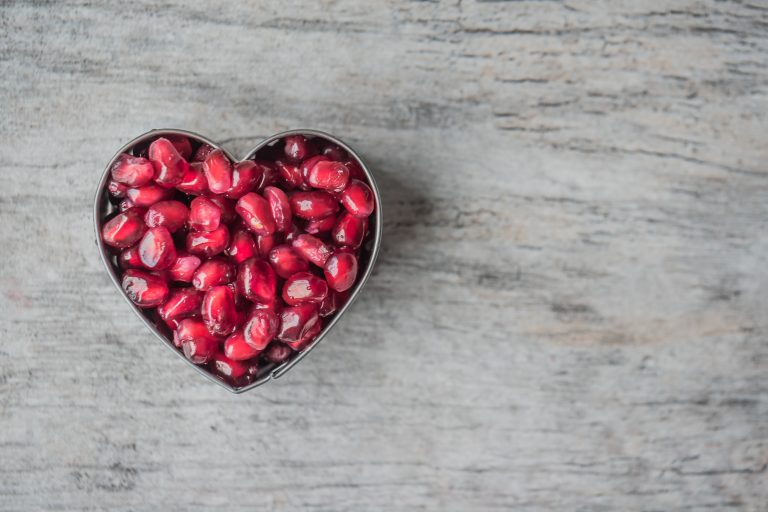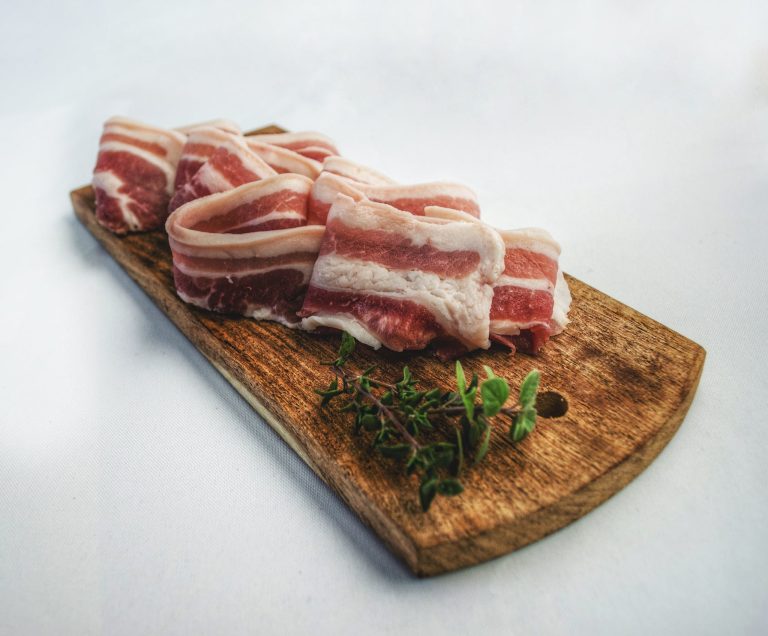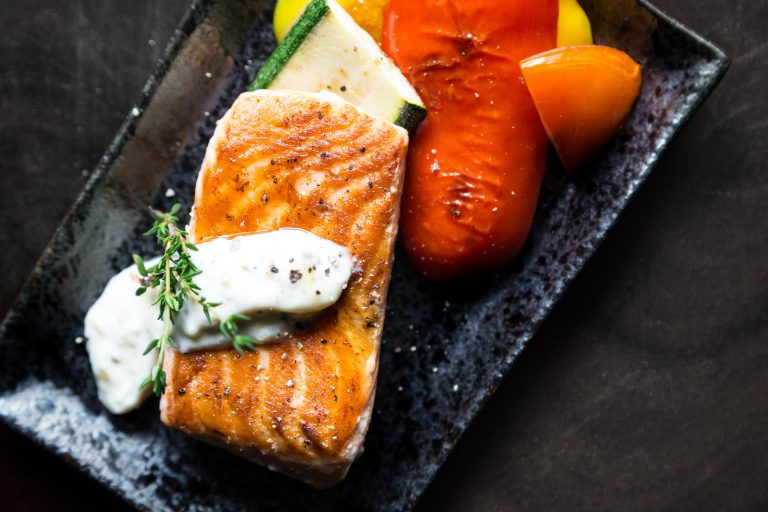The Complete Keto Guide For Beginners: Everything You Need To Know
Keto, short for Ketogenic, is a high-fat, low-carbohydrate diet that has been gaining popularity in recent years. Though it may seem like just another fad diet, the keto diet actually has some scientific evidence behind it. Supporters of the diet claim that it can help with weight loss, improved mental clarity, and decreased inflammation.
If you’re thinking of trying the keto diet, or are simply curious about what it entails, read on for a complete guide to everything you need to know.
What is the Keto Diet?
In short, the keto diet is a way of eating that promotes Fat burning by forcing the body to use fat as its primary fuel source instead of carbs. When you eat foods that are high in carbs (like sugars and starches), your body breaks them down into glucose and insulin. Glucose is then used as your body’s main source of energy. However, when glucose levels are low (as they are on a ketogenic diet), your body turns to stored fat for energy instead.
How does the Keto Diet work?
In order to understand how the keto diet works, we need to first take a step back and look at how our bodies use energy. Whenever we eat food, our bodies break it down into two types of energy: glucose and ketones. Glucose is the simplest form of sugar and is used by our cells for things like immediate energy or stored energy (in the form of glycogen). Ketones, on the other hand, are produced when we break down fats for energy.
Normally, our bodies will use glucose for energy unless there isn’t enough available. When this happens, our bodies will start breaking down stored glycogen into glucose. Once that’s been used up, our bodies will begin to produce ketones from fat cells and use those for energy instead. This process is known as ketosis, and it’s one of the main goals of the keto diet.
By cutting out carbohydrates and eating foods that are high in fat, we can train our bodies to produce more ketones and enter into a state of ketosis more easily. And since ketones are a more efficient source of energy than glucose, this can help us lose weight and feel more energized. The Keto Diet works by drastically reducing carbohydrates and replacing them with healthy fats. This reduction in carbs puts your body into a metabolic state known as Ketosis. In Ketosis, your body becomes incredibly efficient at burning fat for energy. As a result, you’ll start seeing major health benefits including weight loss, improved mental clarity , and decreased inflammation.
What can I eat on the Keto Diet?
Now that we’ve covered how the diet works, let’s talk about what you can eat while you’re on it. The cornerstone of the keto diet is high-fat, low-carb eating. This means that you’ll want to avoid sugary foods, starchy vegetables (like potatoes or carrots), and most fruits (sorry, no banana bread allowed!).
Instead, focus on eating plenty of meat, poultry, fish, eggs, non-starchy vegetables (think leafy greens or broccoli), healthy fats (such as olive oil or avocados), and low-carbohydrate nuts and seeds.
It’s also important to remember that just because something is low in carbs doesn’t mean it’s automatically good for you. For example, processed meats (like bacon) or sweets made with sugar substitutes (like many “keto” cookies) can still contribute to weight gain if you eat too much of them.
So be sure to focus on whole, unprocessed foods as much as possible.
The Keto Diet is all about getting
75% of your calories from fat ,
20% from protein , and only
5% from carbohydrates.
Here are some examples of foods that you can eat on the Keto Diet:
Fats: grass-fed butter , ghee , olive oil , coconut oil , bacon grease
Protein: grass-fed beef , wild-caught fish , cage-free eggs , full-fat dairy
Carbs: leafy greens , cruciferous vegetables , avocado , berries
To get started on the Keto Diet, simply replace unhealthy processed foods with whole, nutritious foods .
For example, instead of eating a processed breakfast like cereal or oatmeal, have some eggs cooked in grass-fed butter with kale sautéed in olive oil .
For lunch or dinner, ditch the grain -based dishes in favor of a grass-fed steak with steamed broccoli .
And for snacks throughout the day, reach for full-fat yogurt , avocado , or berries .
Remember,75% Fat , 20% Protein , 5% Carbs !
Conclusion:
There you have it! Everything you need to know about going keto.
By following these simple tips and avoiding processed foods or excessive amounts of saturated fat, you’ll be well on your way to success with this healthy way of eating.
The Keto Diet is a high-fat/low-carbohydrate diet that has been shown to have numerous health benefits including weight loss and decreased inflammation.
If you’re thinking about trying the diet yourself, be sure to do your research and consult with a doctor before making any major changes to your eating habits.
And remember -75% Fat , 20% Protein , 5% Carbs!







